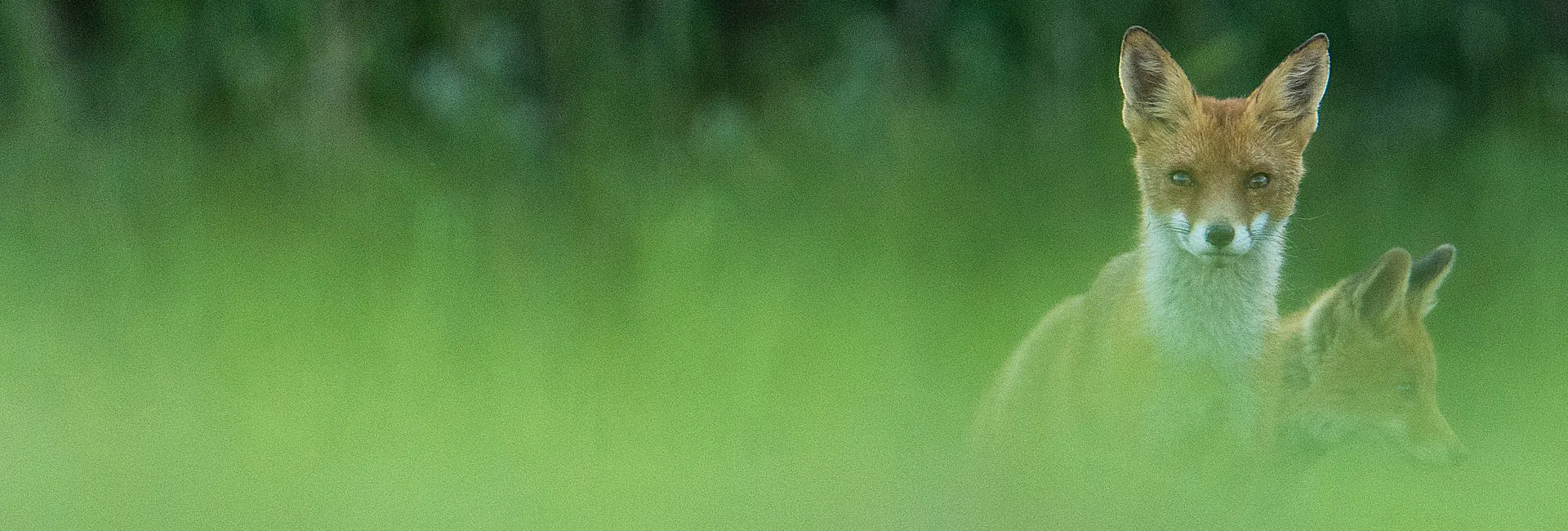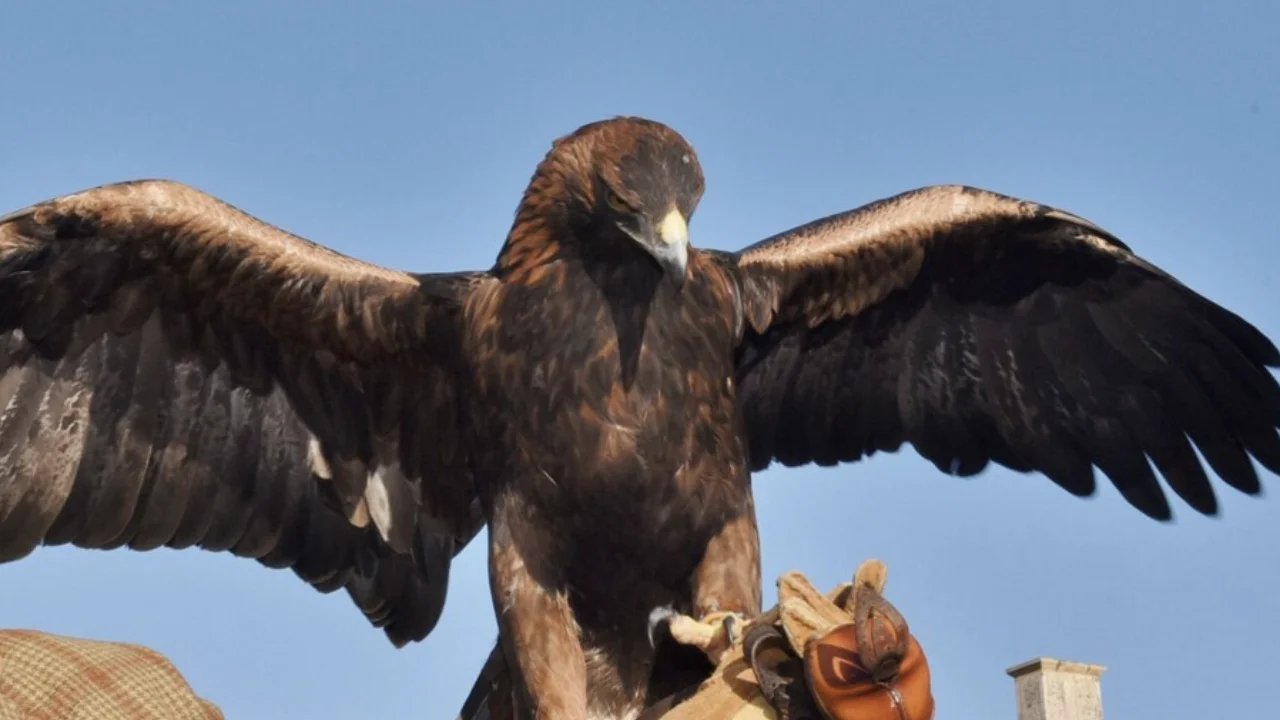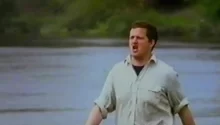Vets for Hunting came to prominence for their efforts to block the passing of the Hunting Act 2004. They then changed their name to the Veterinary Association for Wildlife Management (VAWM). The name change was unsurprising: as one commentator said, calling your organisation Vets for Hunting is rather like calling it Doctors for Child Abuse. However, whatever name they use, it is basically the same group of people, with the same agenda, although a number of the original members are now dead.
VAWM have resurfaced with a letter to the Daily Telegraph (where else!), signed by Louisa Cheape, a member of the VAWM committee. According to the VAWM, she works in a traditional mixed practice based in the Cupar Trading Estate in Fife. There is nothing on the VAWM website to suggest that Louisa Cheape has any scientific expertise in wildlife management.
The VAWM’s letter to the Daily Telegraph was said to have been signed by 103 veterinarians. Since their names were not published, it is unclear who they are or whether any of them are experts in wildlife management. While 103 signatories may sound impressive, in reality it is, at best, a vanishingly small fringe group of the veterinary profession – there were approximately 25,400 veterinarians employed in the UK in 2021.
The VAWM is calling on the government to launch a scientific review into fox population control because, they claim, there is no research that establishes the most humane way to control foxes. This is the same argument they used when Vets for Hunting opposed the passing of the Hunting Act 2004. This continues to be the mantra of the VAWM. They continue to assume that it is essential to control fox numbers.
In their letter to the Daily Telegraph, the VAWM claim that, following the Hunting Act 2004, landowners have resorted to shooting foxes, and that this has caused a ‘catastrophic decline’ in fox numbers. Sadly, the VAWM cannot get the most basic facts right. The most reliable source of information on fox population trends in the UK comes from a long-term project jointly funded by the British Trust for Ornithology, the Royal Society for the Protection of Birds, and the Joint Nature Conservation Committee. This is the public body that advises the UK government and devolved administrations on UK-wide and international nature conservation. So the government is already part-funding a long-term study into fox population trends in the UK.
Since 1995 (when the monitoring scheme commenced), there has been a steady decline in fox numbers, i.e., the decline started at least ten years before the Hunting Act 2004 came into force! In fact the rate of population decline actually slowed, not increased, in the years immediately after the Hunting Act 2004 came into effect. By 2022, the UK fox population had declined by 48%, although fox numbers were starting to show signs of recovery in some areas.
The long-term decline in fox numbers is probably due to two factors. The first is the decline in the number of rabbits, which were a major food source for foxes. The rabbit population declined by 67% over the same period as fox numbers declined by 48%. Studies in Scotland showed that the main factor affecting fox numbers was their food supply, not how many are killed in the name of ‘population control’ – see the review in The utility of killing foxes in Scotland. The second factor was an epizooty of sarcoptic mange, which has spread north across Britain over the last three decades. So it is not surprising that fox numbers have declined since 1995.
Despite this, Zabrina Tucker, of Abzed Political & Media Relations, has been emailing selected ‘scientists’ with an invitation to participate in an extremely dubious study. The email she sent to one of these ‘selected’ scientists in September said:-
Hello,
It was suggested I forward details of this funded research project to this email. Do let me know if any further information is required.
We would like to establish if yourself or any of your academic colleagues would be interested in funded research into the welfare implications of different methods of fox control. Of all the intense debates about animal welfare perhaps there is no other matter where so much passionate argument has taken place on the foundation of so little research. The Burns Report of 2000 lamented that “there is very little by way of scientific evidence to help us in establishing the facts on these issues”. [1]
Earlier this year, 103 vets sent a co-signed letter to Defra calling for research. [2] The letter, which was reported in The Telegraph, pointed out that shooting, snaring and hunting all have welfare implications for the fox and that the ubiquitous use of shooting may be behind some localised extinctions.
The vets are shaping a research proposal contrasting the methods of control. The research could possibly be assisted by drones. Given the British ban on foxhunting the fieldwork could be conducted in Ireland.
At this stage we are seeking expressions of interest from university departments. After shortlisting we will introduce the academics to the vets to help further shape the study.
Might this be of interest?
Warm regards,
Zabrina
Abzed Political & Media Relations
16 Old Queen Street
Westminster
London SW1H 9HP
+44 20 7112 8680<tel:+442071128680> +44 7527061778<tel:+447527061778>
According to Abzed’s website, their current advocacy work includes the European ecigarette industry and the UK grouse moor sector. However, the accuracy of their campaigning on behalf of the grouse moor sector has been called into question.
Asking selected scientists to become involved in a project where the source of the funds is at best murky is not how you do objective scientific research. A respectable scientist considers the issue and designs their own study to answer the question(s) being posed from an objective (i.e., independent) position. However desperate a scientist might be for funding, they should not get involved with a study set up by a pressure group with a preconceived agenda, especially when the funders are not named at the outset.
The dangers of conducting wildlife research without considering the ethical implications are highlighted in two recent scientific papers (Ryan et al. 2021, Papastavrou & Ryan 2023). These authors discussed the ethics of research on marine mammals; the two UK examples they examined were the University of St Andrews analysing data obtained from Japan’s ‘scientific whaling’ activities; see The Guardian of 3 March 2008 (University taking cash from whaling criticised), and the University of Aberdeen becoming involved in analysing data collected from Iceland’s ‘scientific whaling’; see The Scotsman of 13 November 2013 (Aberdeen University under fire over whale slaughter).
The parallels with the proposed research project on killing foxes are obvious. In particular, in each case the scientists had or, in the case of the project described by Abzed Political & Media Relations, are suggesting that some of the research could be undertaken abroad because it would not be permitted in the UK. This practice is called offshoring and is unethical; it was prohibited long ago for medical research on humans. Other examples of offshoring in wildlife research are described by Papastavrou & Ryan (2023). In addition to the reputational damage to any universities that get involved, unethical research may, in particular, have adverse effects on early career researchers.
No reputable university or other research institution should become embroiled in any unethical study.
References
Ryan C, Papastavrou V & Sand PH (2021) Ethical and legal considerations for scientists collaborating with whalers: a case study of international research using the outcome of contemporary whaling by Iceland. Journal of International Wildlife Law & Policy 24: 1-25. https://doi.org/10.1080/13880292.2021.1909807.
Papastavrou V & Ryan C (2023) Ethical standards for research on marine mammals. Research Ethics: 17470161231182066.
https://journals.sagepub.com/doi/epub/10.1177/17470161231182066.






